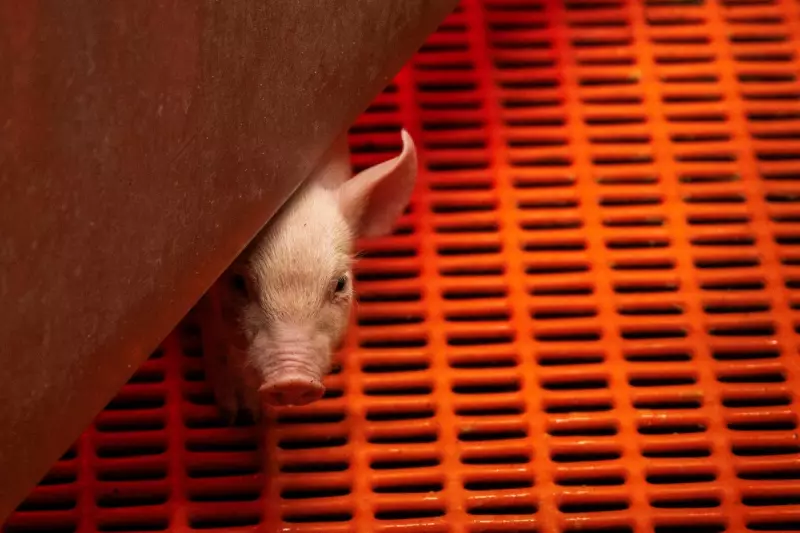
In a move that could revolutionise modern medicine, a team of pioneering surgeons in China has achieved a world-first by successfully transplanting a lung from a genetically engineered pig into a human patient. This extraordinary procedure marks a monumental leap forward in the field of xenotransplantation – the process of transplanting animal organs into humans.
The breakthrough surgery, which lasted several hours, is being hailed as a potential solution to the critical global shortage of human organs available for donation. For the millions of patients on transplant waiting lists worldwide, this could represent a beacon of hope.
The Science Behind the Breakthrough
The success of this operation hinged on meticulous genetic engineering. Scientists did not simply use an organ from a farm animal; they spent years altering the pig's genes to make its lung more compatible with a human body.
The key modifications included:
- Removing genes that cause rapid rejection in humans.
- Adding human genes to improve immune acceptance.
- Deactivating endogenous viruses present in the pig's DNA to eliminate any risk of infection.
This complex process was essential to trick the human recipient's immune system into accepting the foreign organ as its own, thereby preventing immediate and catastrophic rejection.
A Glimpse into the Future of Transplants
While the long-term outcome for this specific patient remains under close observation, the immediate success of the surgery is a resounding proof of concept. It demonstrates that with advanced genetic editing tools like CRISPR, using animal organs is no longer confined to the realm of science fiction.
The medical community is watching closely. If proven successful in the long run, this technology could pave the way for using not just lungs, but also pig hearts, kidneys, and livers to save countless human lives, effectively ending organ donor waiting lists.
This achievement, while a bold step, also opens up a new chapter of ethical and regulatory discussions that scientists and policymakers must navigate together as this technology progresses from the lab to the operating theatre.





